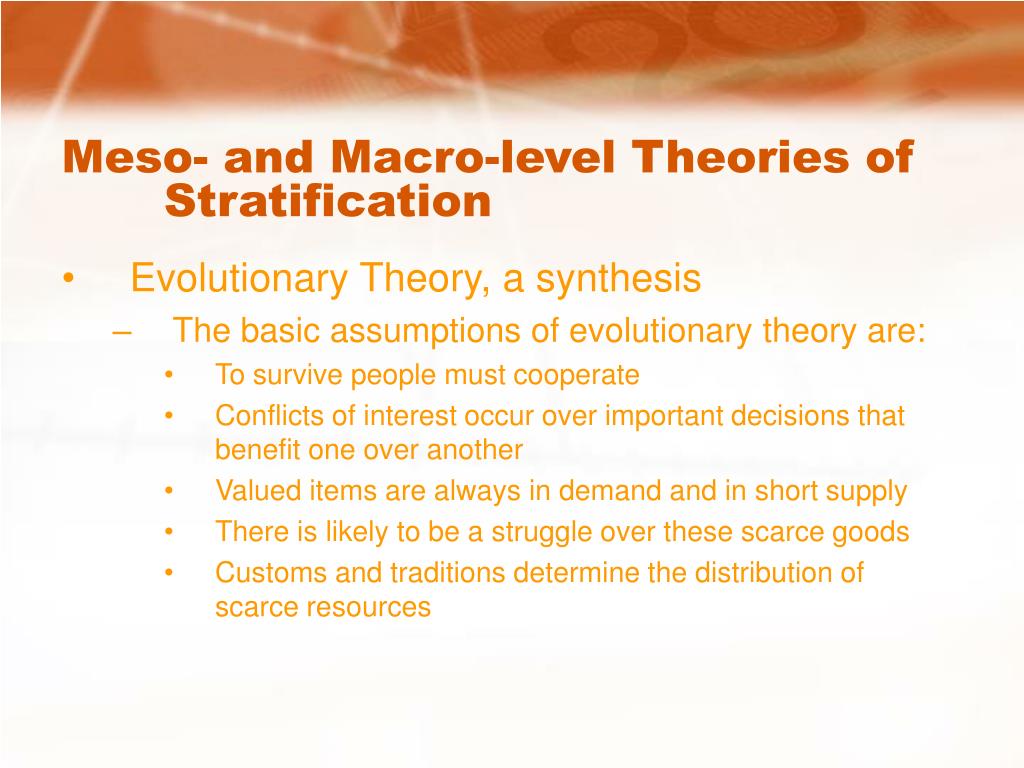
Specific Systems Theories Used in Social WorkĬomplex system theories help social workers understand many social problems, including family problems, child abuse, community dysfunction, and issues affecting individuals such as anxiety, low self-esteem, and relationship problems. Furthermore, individual problems shape and influence many levels of an indivdual’s ecology. Instead, they are parts of groups, organizations, societies, and families. Systems theories held that individuals could not be viewed as islands. Systems theories rebuttal to the prevailing belief of psychodynamics and other theories that individual dysfunction and psychological issues originate mainly within the individual. There was great interest in the stability of systems and input, output, and feedback loops in systems.īy the mid-twentieth century, social scientists, psychologists, and social workers widely used general psychodynamic theory and systems thinking to develop specific ideas for understanding and addressing individual and social problems. Scientists in fields as diverse as physics and psychology began using systems theories to understand the world around them.

General systems theory looks at how factors affect the whole system or organism.

Available systems theory considered the whole of whatever was being examined as more than the sum of its parts. Systems theories emerged from general psychodynamic theory which rose to prominence within the psychological and natural sciences in the early twentieth century. In addition, social work is unique, compared to other behavioral sciences, in its emphasis on psychosocial theory and the person in environment perspective. Transpersonal theory helps us understand that a person is a product of their social environment at multiple levels of that environment.Įarly in their studies, students of social work learn about the centrality of systems theory in policy practice, including assessment and treatment. In task centered practice, systems theory, theories shape many courses and programs. The psychodynamic theory is something that helps us explain and predict human behavior. The i-THRIVE Toolkit provides guidance on how this may be achieved.Social work practice approaches are highly influenced by theory.
#Meso level social work how to#
Implementing the THRIVE Framework will require thought about how to effectively engage and work with the whole system of local services for children and young people’s mental health and thought about how to involve service users and people working at all three levels, from commissioners to clinicians. The interactions children, young people and families have with their clinicians/support workers/case holders. The ‘ Micro’ level (or individual level):Ĭhildren, young people and families: The outcomes of children, young people and families.Īvailable support: The interactions between staff within and across services supporting children, young people and their families. The ‘ Meso’ level (or service level):Ĭhildren, young people and families: The outcomes of the groups of children, young people and families who are grouped according to their needs for care, as described by THRIVE Framework’s five needs based groupings of: Thriving, Getting Advice and Signposting, Getting Help, Getting More Help and Getting Risk Support.Īvailable support: The different services that support children, young people and families who are considered to be in one of the five needs based groupings. The ‘ Macro’ level (or strategic/organisational level):Ĭhildren, young people and families: The population health outcomes for children, young people and families locally.Īvailable support: The way in which services are commissioned to meet the needs of local children, young people and families and how different agencies within the system work together to support them. At each level you can talk about 1) the children, young people and families and 2) the available support. In addition to looking across the system, it is equally important to think about the different agencies/services/organisations within the system at the three different levels the ‘Macro’, ‘Meso’ and ‘Micro’ levels. Working within the different levels of the system CAMHS), social care, local authority, education, key voluntary sector services and other independent organisations that may contribute to supporting children and young people’s mental health and wellbeing. This includes traditional health services (e.g. Moving towards a ‘THRIVE-like’ way of delivering services for children and young people requires engagement in change across the whole system that supports them.

The National i-THRIVE Programme recognises that delivering improved outcomes to children and young people’s mental health and wellbeing requires consideration of the role of implementation across the system as a whole.


 0 kommentar(er)
0 kommentar(er)
